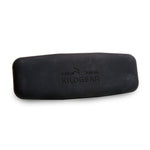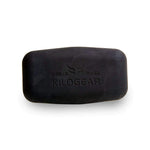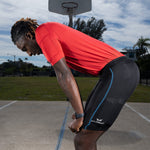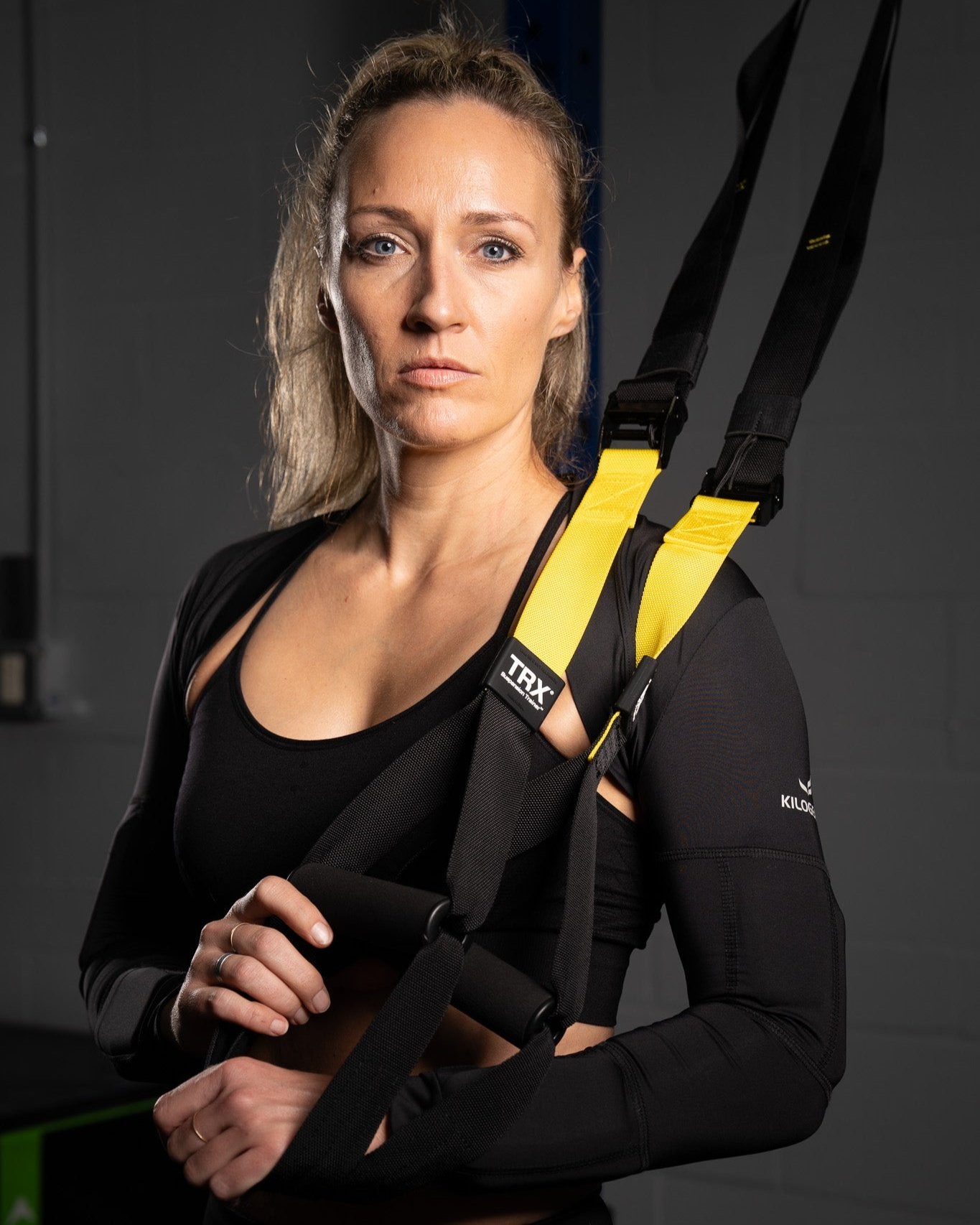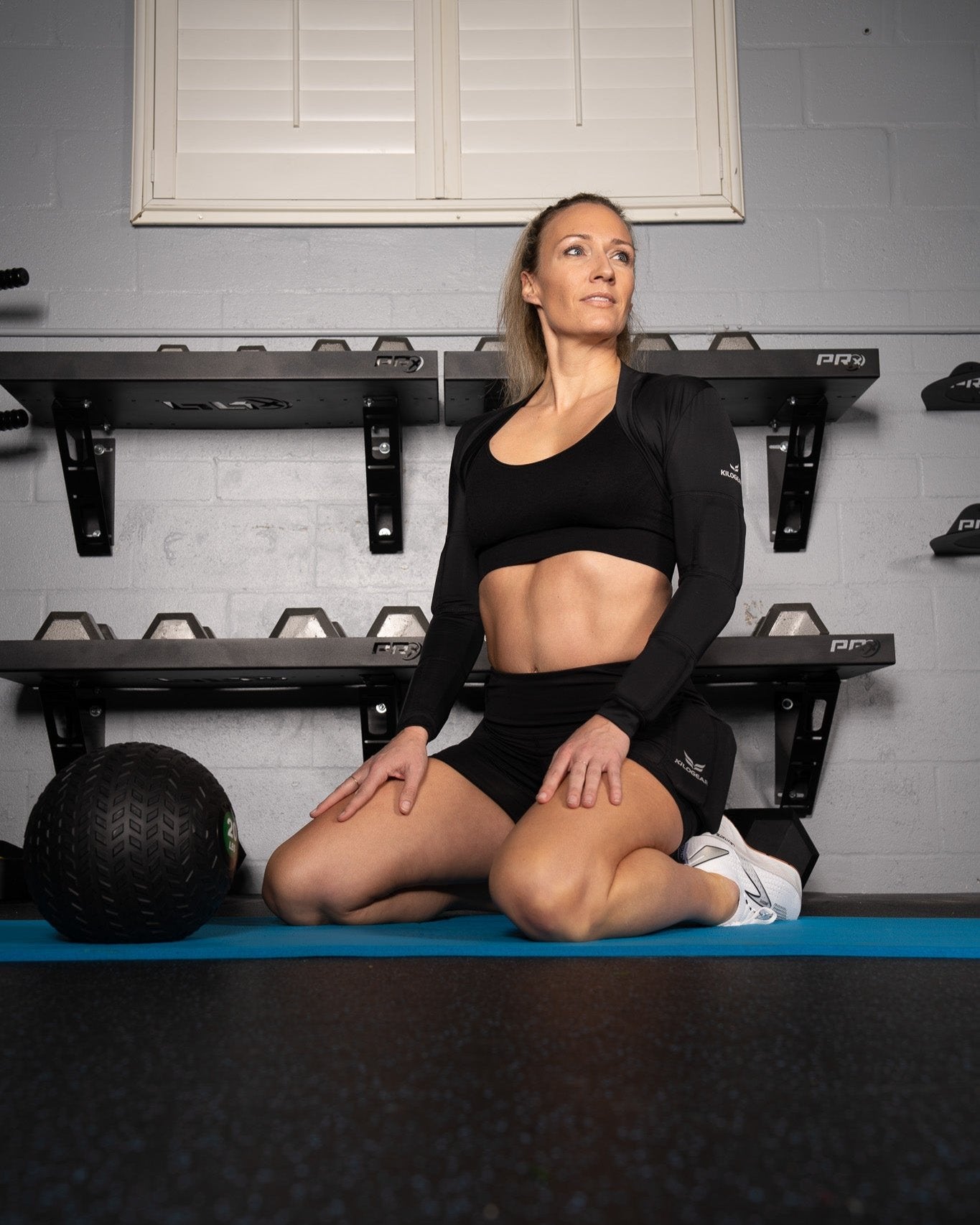Recovering from an injury often involves traditional rehabilitation methods such as physical therapy, stretching, and low-impact exercises. These techniques are crucial for restoring strength, mobility, and balance, but progress can be slow. This is especially true for youth athletes, who may need extra care to avoid re-injury while still growing, and adult athletes, who face the challenges of maintaining muscle mass and mobility as they recover.
While traditional rehab routines are effective, adding an extra layer of resistance with weighted clothing can accelerate recovery and build strength more efficiently. Weighted clothing provides a low-impact way to reintroduce resistance into movements, allowing both youth and adult athletes to regain strength without overloading their bodies. Additionally, weighted clothing is not just for recovery—when incorporated into a regular training routine, it can also be a powerful tool for injury prevention. To learn more about how weighted clothing can prevent injuries, check out our blog: “Preventing Injuries with Weighted Clothing: How Resistance Training Can Keep You Strong and Safe.”
In this blog, we’ll explore how weighted clothing can support rehabilitation and strength-building, complementing traditional methods for both youth and adult athletes.

The Role of Resistance in Rehabilitation
Traditionally, injury rehabilitation relies on methods such as physical therapy, stretching, and light resistance exercises. Common tools include resistance bands, bodyweight exercises, and free weights. While these methods are effective, they come with limitations:
Resistance Bands: While useful, they can be awkward to handle and don’t always provide consistent resistance across different movements. Bands also lack the versatility for engaging multiple muscle groups simultaneously.
Bodyweight Exercises: These exercises are great for low-impact rehab, but for both youth and adult athletes, they might not provide enough resistance to rebuild muscle strength efficiently, especially as recovery progresses.
Free Weights: Though effective for building strength, free weights can be risky for recovering individuals. They apply focused resistance on specific muscle groups, which can strain an injury if not used carefully. They also don’t offer the same level of safety or adaptability, especially for youth athletes whose bodies are still developing.

The Value of Weighted Clothing in Rehabilitation
Weighted clothing offers a solution that addresses many of the limitations of traditional methods. With evenly distributed resistance, weighted clothing helps rebuild strength, balance, and mobility in a controlled and low-impact way. For both youth and adult athletes, this allows for gradual muscle engagement without the risks associated with free weights or the inconvenience of resistance bands.
Whether recovering from a sprain, fracture, or joint surgery, weighted clothing can be easily integrated into daily movements and physical therapy exercises. It adds just enough resistance to challenge muscles while ensuring a safe, progressive recovery process.

How Weighted Clothing Aids in Recovery and Strength Building
One major advantage of weighted clothing is that it provides a progressive and evenly distributed resistance, which can help prevent injury recurrence and improve rehabilitation results. According to research from Mayo Clinic Proceedings, resistance training helps maintain muscle mass, which is essential for recovery and injury prevention, particularly as the body ages and metabolism naturally shifts (Mayo Clinic Proceedings).
By wearing weighted clothing during rehab, both youth and adult athletes can safely reintroduce resistance into their movements, improving muscle engagement and strength without overstressing the injury site.
1. Gradual Muscle Engagement
For youth athletes, building strength after an injury needs to be done carefully, without risking further injury to growing bodies. Weighted clothing allows for gradual muscle engagement by providing light, evenly distributed resistance. Whether it’s walking or simple stretches, the added weight helps re-engage muscles and improve strength without overloading joints.
For adult athletes, weighted clothing provides enough resistance to activate deeper muscle fibers. It allows athletes to regain muscle mass and stability over time, especially when recovering from surgeries or more severe injuries. The progressive nature of weighted clothing ensures that adult athletes can recover at their own pace, with resistance gradually increasing as they regain strength.
2. Improving Mobility and Balance
Injury often results in reduced mobility and balance, particularly in athletes who are used to high performance. Weighted clothing helps reintroduce stabilizing movements into the recovery process. For youth athletes, this is especially helpful as they regain coordination and balance after an injury, reducing the risk of re-injury. Adult athletes benefit by rebuilding joint stability, which is crucial for maintaining long-term mobility and preventing future issues.
3. Low-Impact Strength Training
Whether recovering from sprains, fractures, or surgeries, both youth and adult athletes need to avoid high-impact activities during rehab. Weighted clothing offers a safe way to build strength through everyday activities—walking, stretching, or light exercise—without the need for high-intensity workouts. This low-impact strength training ensures that muscles stay engaged throughout the recovery process.

Practical Tips for Using Weighted Clothing in Rehab
1. Start with Light Weights
For youth athletes, starting with light weights is crucial to avoid overstressing growing muscles and joints. Weighted shirts, shorts, or light leg bands are ideal for gradually introducing resistance into their recovery routines. Adult athletes should also begin with lighter weights, especially if they’re recovering from a serious injury or surgery. Starting small allows the body to adapt to the added resistance without risking re-injury.
2. Incorporate Weighted Clothing into Physical Therapy
Weighted clothing can be seamlessly integrated into physical therapy exercises. Youth athletes can wear weighted clothing during stretching or balance drills to gently activate muscles. For adult athletes, adding weighted clothing to bodyweight exercises like lunges, squats, or simple arm raises enhances muscle engagement without requiring heavier equipment.
3. Use Weighted Clothing During Daily Activities
One of the best ways to use weighted clothing during rehab is by wearing it throughout daily activities. Youth athletes can benefit from wearing weighted clothing during low-impact movements like walking or even doing household chores, while adult athletes can wear it during light exercises, standing, or walking to maintain muscle activation without needing to set aside extra time for workouts.
4. Gradually Increase Resistance
As strength and mobility improve, it’s important to gradually increase the weight to continue challenging the muscles. Both youth and adult athletes should listen to their bodies and progress to heavier weights only when they feel comfortable. Weighted clothing makes it easy to adjust resistance without adding stress to the body, helping athletes advance in their recovery safely.
Weighted clothing is a versatile, low-impact tool that supports injury recovery and strength building for both youth and adult athletes. Whether you’re recovering from a minor sprain or rebuilding strength after surgery, weighted clothing allows you to progressively reintroduce resistance into your movements without risking further injury. By integrating it into traditional rehab routines, athletes can safely regain muscle strength, improve mobility, and enhance balance. For youth athletes, weighted clothing helps maintain safe growth, while adult athletes can use it to rebuild stability and prevent future injuries.



